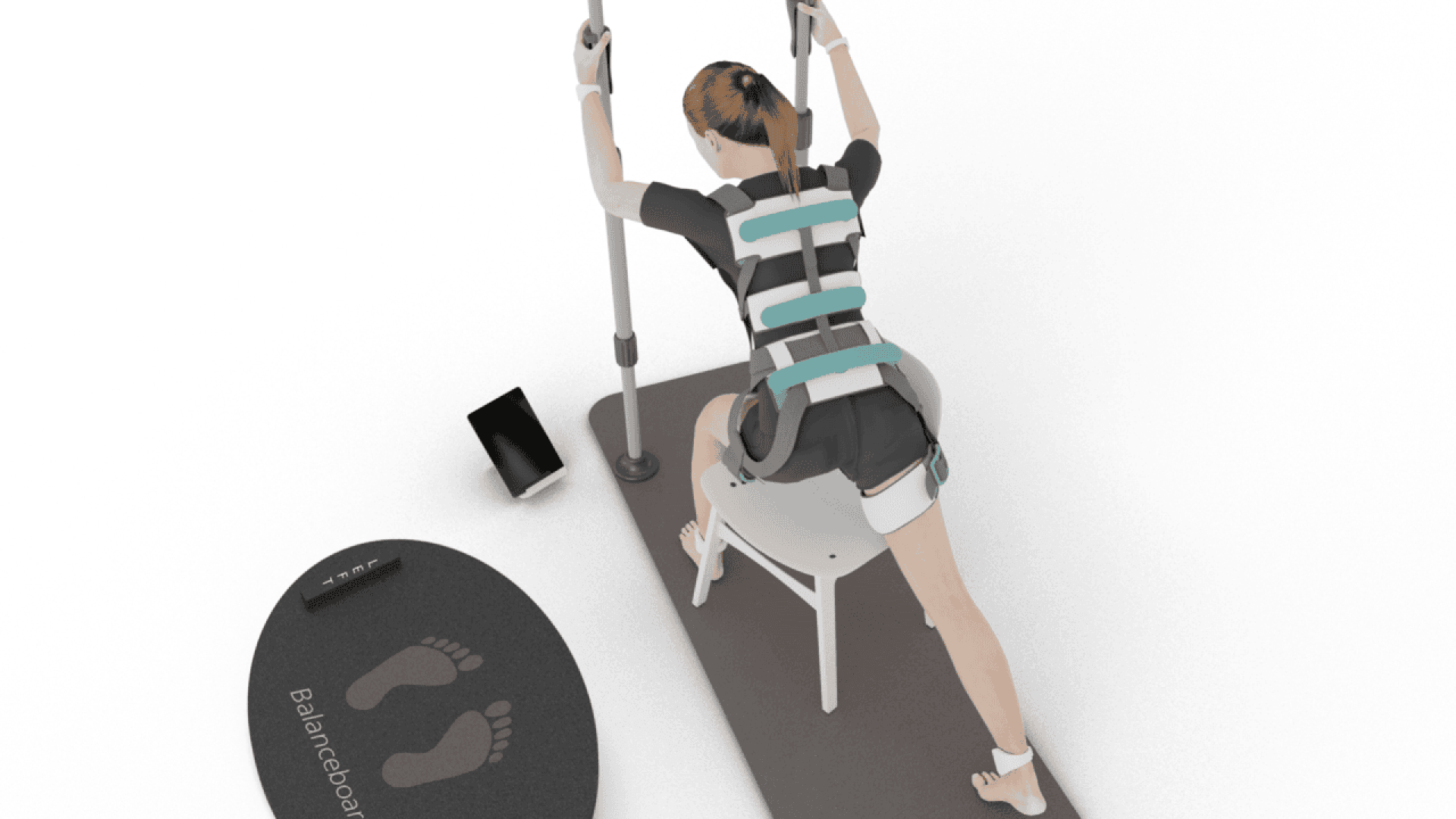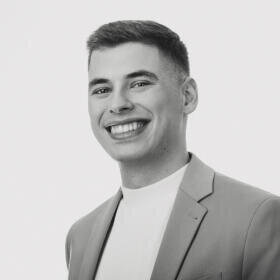Real-time feedback and gamification in the treatment of spinal disorders
Scoliosis treatment therapies are stressful for young patients and time-consuming for therapists. In future, iScoolio - a Fraunhofer IWU project - will use an app to provide feedback for exercises performed without professional supervision. Gamification is intended to increase motivation.
Physiotherapeutic treatments focus on posture correction through segmental movements actively performed by the patient. These active therapy exercises require patients to understand and be able to implement demanding movement sequences. This usually requires direct supervision by a therapist or doctor. The time required is correspondingly high.
In the iScoolio project, the Institute developed the technological basis for a holistic and individualised scoliosis therapy with physical exercises to build up the postural muscles in idiopathic scoliosis; project partners were Protronic Innovative Steuerungselektronik GmbH, Fuzz Tech IT Solutions GmbH and the University Hospital Jena.
The system ensures comprehensive patient monitoring, real-time feedback and long-term control of the therapy success. Visual feedback in the app is intended to give patients the certainty that they have done therapeutic exercises "correctly" without professional supervision. In addition, a digital user profile and gamification elements are intended to increase motivation.
During their exercises, patients wear a waistcoat equipped with sensors. The sensors take over motion tracking and monitor breathing. This means that no camera system is required to track the movement sequences. Additional modules enable the simulation of a wall bar in the door frame, the tracking of forces during the execution of the exercises or a training of the deeper lying musculature through the targeted insertion of a shaky base. In addition, the measurement of the COP (Centre of Pressure) provides a diagnostic clue for the course of therapy.
iScoolio could even enable therapy systems for the private environment without a therapist; however, it is primarily designed to accompany physiotherapies where medical or therapeutic staff cannot personally supervise every exercise on site.


